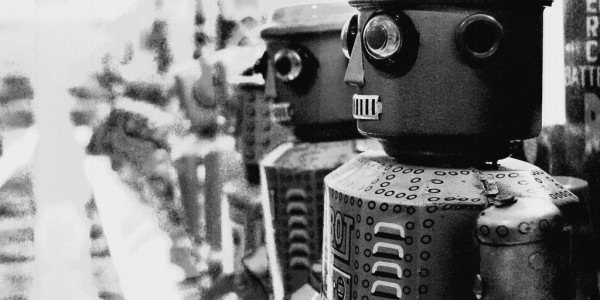People have different ideas about robots depending on what their interests or experiences are. Movie-goers and sci-fi fans think of robots as mechanical beings that can walk, talk, and feel human emotions. If you live in Japan you might think about the robotic, bear-shaped caregivers designed to assist the aging population. If you work in the manufacturing industry, robots are giant automated arms capable of tremendous workloads.
Manufacturing won’t be abandoning industrial robots any time soon. Automated systems are far too valuable and generate far too much productivity to discard. However, the identity of robotics within the manufacturing industry could change in the near future.
In addition to big motion control systems and automated robotic arms, manufacturers will start to incorporate collaborative robots to work alongside their human workers. These collaborative robots don’t provide the same level of output or the capabilities of industrial robots, but they do offer some advantages over industrial machinery.
In terms of pure production, industrial robots can’t be beat. They work non-stop, they don’t get sick, they don’t get tired, and they don’t need coffee breaks. Industrial machinery is infinitely more productive than human workers or collaborative robots could ever hope to be. But collaborative robots are not intended to compete with the more industrious machinery designed to churn out countless numbers of things every second. Collaborative robots are designed to help human workers be more efficient.
One of the biggest differences between industrial and collaborative robots, apart from production capabilities, is safety. Most industrial robots are too dangerous for humans to work alongside them. There’s typically some type of cage or boundary separating the humans and machines. This means that industrial robots are really great for tasks that are independent of human input, but they aren’t really effective in aiding human workers in tasks. Collaborative robots are designed specifically to work alongside humans by facilitating their work, and improving the efficiency of human workers.
Price is another big difference between collaborative robots and industrial robots. Many collaborative robots can be purchased under $25,000. Most new industrial robots will cost at least twice that price. The affordability of collaborative robots means more accessibility for smaller companies.
Collaborative robots are becoming increasingly popular in manufacturing. They certainly won’t be replacing motion control systems, but they will absolutely benefit the industry, and change the way manufacturers think of robots.
image from flickr



